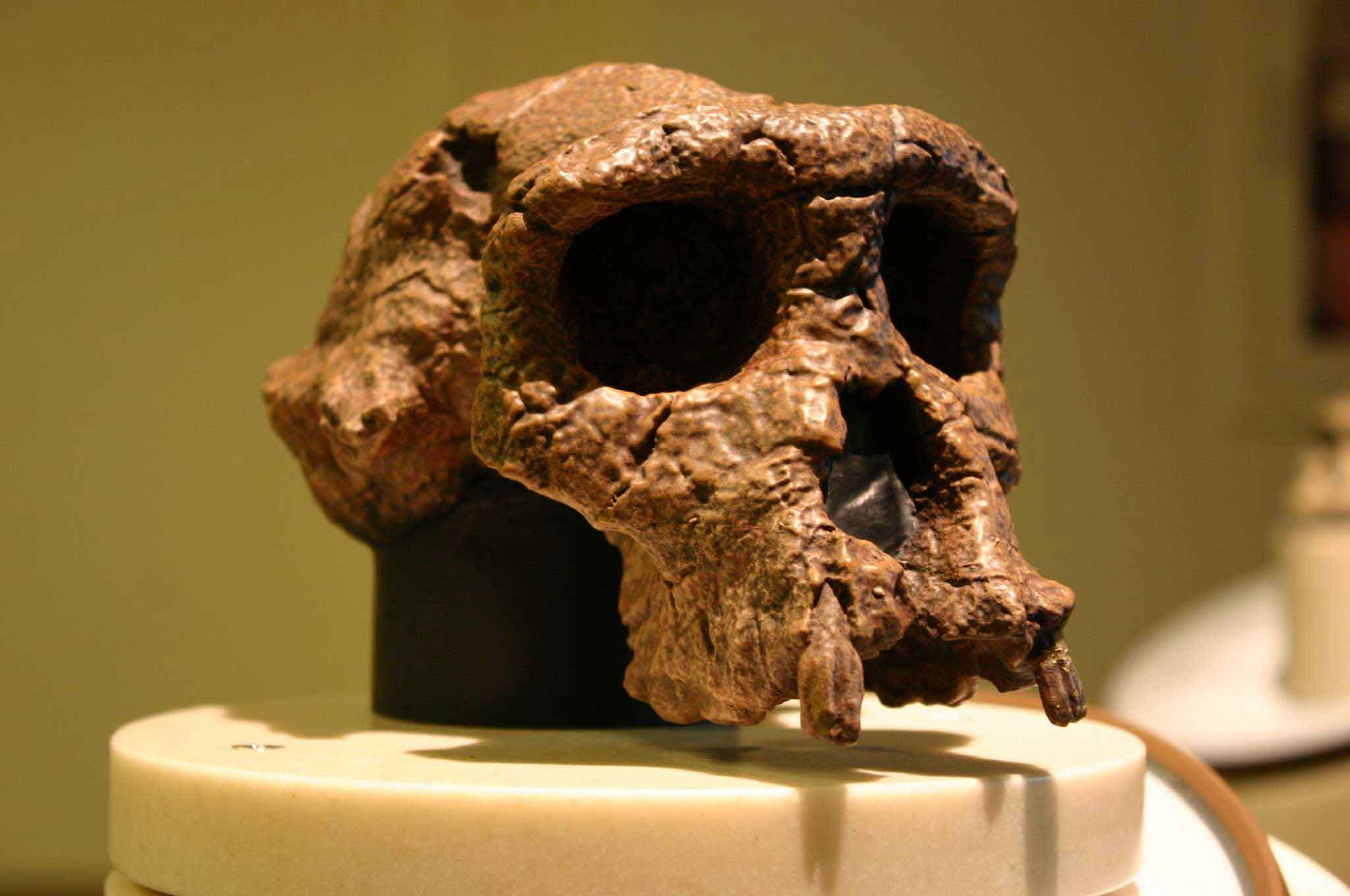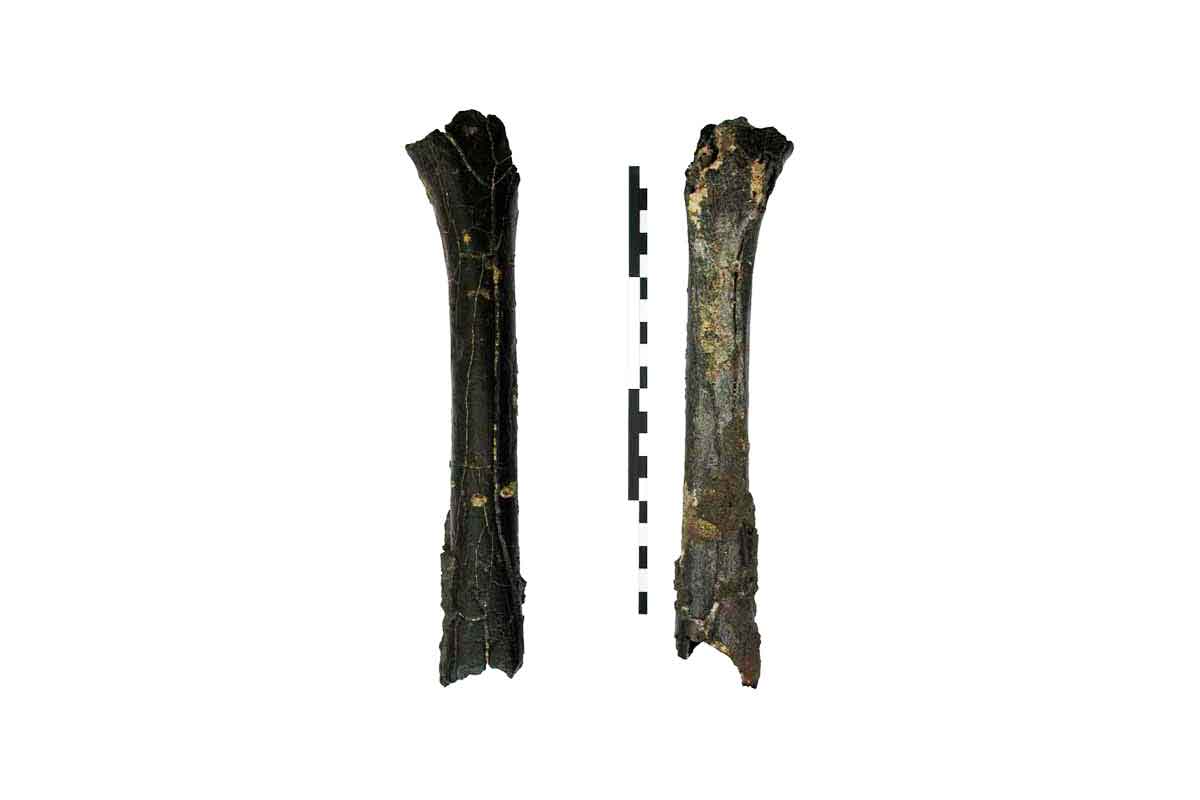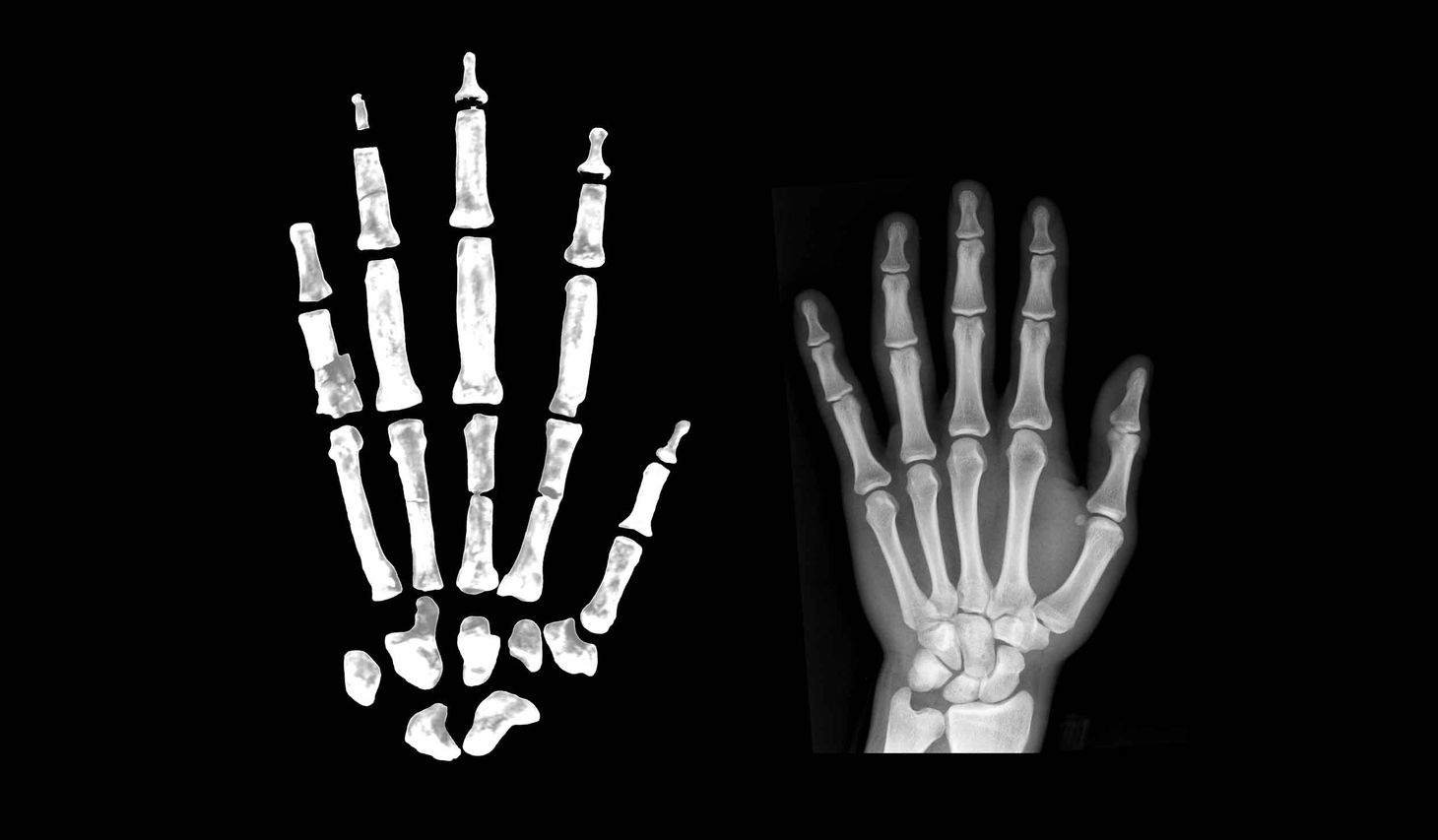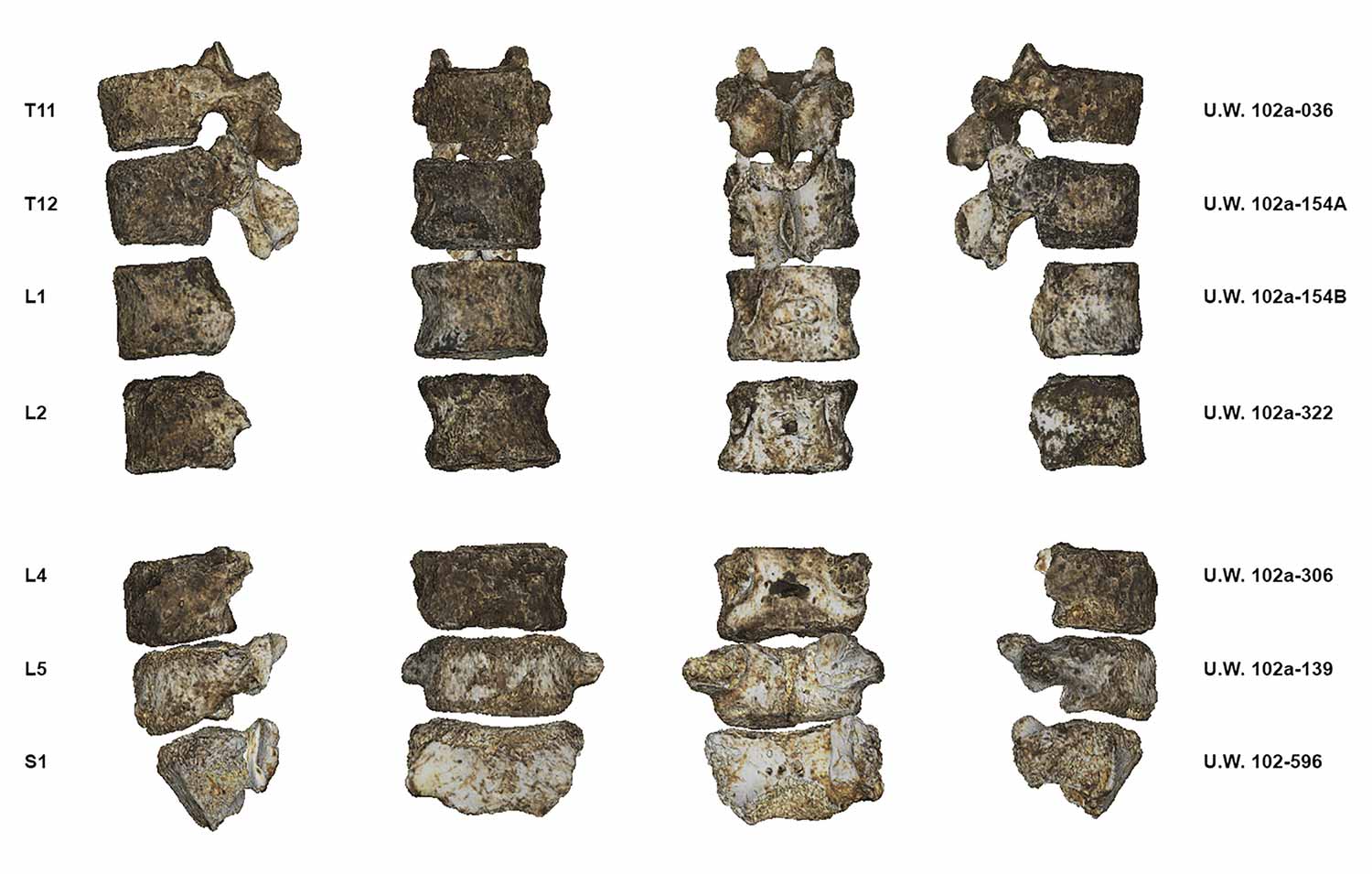What's the deal with the Sahelanthropus femur?
A news story by Ewen Callaway investigates the mysterious case of this purported earliest bipedal hominin.

Note: This post is from early 2018 when the story of the Toros-Menalla femur was in the news. In late 2020, the Journal of Human Evolution published a research article by Roberto Macchiarelli, Aude Bergeret-Medina, Damiano Marchi, and Bernard Wood presenting a descriptive analysis of the femur's anatomy. In 2021, a research team released a preprint describing this femur along with two partial ulnae that were recovered in the original fieldwork twenty years before. This preprint was published in Nature in 2022. Later posts describe these analyses and results.
The species most often named as the earliest evidence for human evolution is Sahelanthropus tchadensis. The species is known from a skull and several mandibular specimens, found in Chad in 2001 by a team led by the French scientist Michel Brunet. These fossils are thought to date to between 6 million and 7 million years ago, approximately the time that our branch of the primate family tree diverged from the ancestors of chimpanzees and gorillas.
It has been called a "missing link". It undergirds our best current timeline of human origins. It has been claimed as the earliest evidence for upright posture and bipedal locomotion in our lineage.
But there's a mystery about Sahelanthropus. Some scientists claim that a fossil femur was found with the skull, a femur that they say is unlikely to be from an upright-walking ape.
Nature News has just published an article by Ewen Callaway investigating this mystery: "Controversial femur could belong to ancient human relative".
The occasion for the article is that two scientists, Roberto Macchiarelli and Aude Bergeret, attempted to present a talk describing this femur at the annual meeting of the Societé d'Anthropologie de Paris this month. The society rejected their abstract, which has triggered some professional criticism.
The fossil may belong to the earliest known hominin, the group that includes humans and their extinct relatives. Few people have had access to it, but two scientists who analysed the bone briefly in 2004 have prepared a preliminary description of it. They had hoped to present their analysis at the meeting, which is organized by the Anthropological Society of Paris and is taking place in Poitiers. But the proposal by Roberto Macchiarelli, a palaeoanthropologist at the University of Poitiers and France's National Museum of Natural History in Paris, and Aude Bergeret, director of the Museum of Natural History Victor-Brun in Montauban, France, was rejected by the conference organizers.
Look, I've been following and writing about this case for a long time. I have been a scientific critic of the interpretation that Sahelanthropus was an upright hominin. I don't think the cranial or dental evidence is persuasive, and I was a coauthor of both a peer-reviewed paper and a comment on the original description.
If a femoral specimen was found with the Sahelanthropus cranial remains, it is important evidence. If the femur preserves anatomy that would test the hypothesis of upright posture or bipedal locomotion, no one should pretend that the evidence does not exist. Secrecy was ridiculous from the start, now it is inexcusable.
The femur was discussed in La Recherche in 2009, and I reviewed what had been made public at the time: "Sahelanthropus: 'The femur of Toumaï?'"
My post included photographs of the femur in question:

As I wrote at the time, the photographs do not provide clear-cut evidence that this is a hominoid femur and I would not make any conclusion based on them myself. I assume that Macchiarelli and Bergeret, with the opportunity to examine the specimen, are confident in their conclusion and I have no reason to doubt them.
There have been several other strange irregularities with the interpretation of Sahelanthropus. Most have involved one of the scientists who assisted with the original research, Alain Beauvilain, who wrote several critical articles questioning the discovery's context and date. I reviewed this record in 2009, after Beauvilain's published claim that the fossils had been found in a secondary context disturbed by local people at some point in the past: "Sahelanthropus: Did camelherders bury Toumaï facing Mecca?".
I have no direct knowledge about any of the supposed irregularities. One of the claims, that a left molar was mistaken for a right, was renounced in a letter signed by 29 scientists external to the team, a singular case in the history of paleoanthropology.
But what amazes me is just how long this has all gone on. All of the critics could be silenced within hours by data and evidence. Instead, silence about these key fossils has reigned for fifteen years.
Callaway got no new details about this fossil. Nevertheless, his article changes the situation substantially.
For example, this passage raises serious questions about the quality of the research:
David Pilbeam, a palaeoanthropologist at Harvard University in Cambridge, Massachusetts, who was a co-author on the 2002 and 2005 papers describing Toumaï’s skull and jaw, says that he saw the femur briefly while visiting Brunet in Poitiers more than a decade ago, but that he is not involved in any analysis. “All I can recall is that it lacked ends and was very black,” he says.
The major thesis of these research papers was that the skull reflects upright posture. A possible femur is obviously relevant to this hypothesis. If a coauthor was in a position that prevented him from either examining this key evidence or getting answers about it, it is very troubling.
It is time for Nature's editors to investigate. Nature published the original description of the Sahelanthropus fossils in 2002, and two 2005 papers providing analyses of the skull and descriptions of new mandibular fossils.
Now Nature's news division has revealed the existence of the specimen, and has quoted senior scientists who say that it may not be a hominin. Can this go on any longer?
John Hawks Newsletter
Join the newsletter to receive the latest updates in your inbox.



